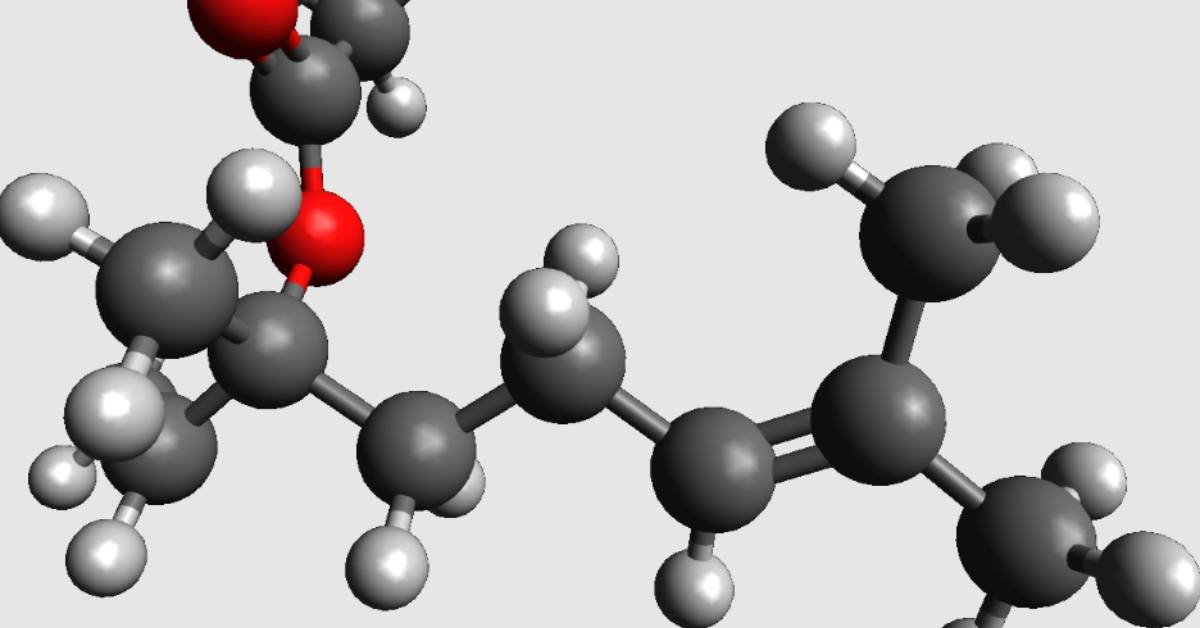Introduction to Acetatas
Acetatas, often flying under the radar in our daily lives, play a crucial role in various sectors. From the vibrant colors of your favorite art supplies to the essential components used in pharmaceuticals and food production, acetates are more prevalent than you might think.
They are versatile compounds derived from acetic acid and serve multiple purposes that enhance industry functionality and everyday convenience.
As we delve into the world of acetatas, you’ll discover how they are produced, what makes them so beneficial, and where you can find them.
Get ready to explore this fascinating compound that impacts manufacturers and consumers like you!
The Production Process of Acetatas
The production process of acetates begins with the reaction between acetic acid and an alcohol. This combination forms esters, which are the building blocks of acetates.
Depending on the desired acetate variant, various types of alcohol, including ethanol and methanol, can be used. The choice of raw materials significantly influences the final product’sproduct’s properties.
Once mixed, this reaction typically occurs under controlled conditions involving heat or a catalyst to accelerate the process. After synthesis, distillation helps purify the acetates by separating them from unreacted substances and byproducts.
Quality checks follow to ensure that purity levels meet industry standards. This rigorous approach guarantees that manufacturers produce high-quality acetates for various applications across multiple sectors.
Properties and Benefits of Acetatas
Acetatas are versatile compounds with a range of notable properties. Their solubility in various solvents makes them valuable in industrial and domestic applications, allowing easy incorporation into formulations.
One significant benefit is their ability to act as effective preservatives. Acetatas can prevent microbial growth, extending the shelf life of products like food and cosmetics. They also maintain flavor integrity.
Moreover, acetates exhibit lower toxicity levels than other chemicals, making them safer alternatives. This property is fundamental in consumer goods that interact directly with skin or food.
Another advantage lies in their biodegradability. Many acetates break down naturally over time, reducing environmental impact when disposed of properly. This eco-friendly trait aligns well with growing sustainability efforts across industries.
Applications of Acetatas in Different Industries
Due to their versatile properties, Acetatas have found a significant place across various industries. In the textile industry, they serve as critical components in producing fibers and fabrics, offering durability and flexibility.
The food sector also extensively utilizes acetates. They act as flavoring agents and preservatives, enhancing taste while ensuring safety for consumption.
In pharmaceuticals, acetates play a crucial role in drug formulation. Their ability to stabilize compounds makes them invaluable in creating effective medications.
Moreover, the cosmetic industry benefits from acetatas when formulating skincare products. They enhance texture and improve absorption into the skin.
Acetatas are essential in manufacturing adhesives and coatings. Their adhesive properties provide robust bonding solutions for various applications, making them indispensable across multiple fields.
Practical Uses of Acetatas in Everyday Life
Acetatas serve various practical purposes in our daily routines. One everyday use is in the production of food packaging. Their moisture resistance helps keep food fresh longer.
Acetatas are often employed in arts and crafts to create overlays or protective sheets for artwork. This feature protects your creations from dust and damage while allowing visibility.
Acetates are also beneficial for household items like window films. These films can reduce glare and offer privacy without sacrificing natural light.
Moreover, many people need to realize that acetates are used in educational materials, such as in the transparency of presentations. They enhance clarity and engagement when sharing information with an audience.
Due to their durability and flexibility, acetate-based products are used in personal accessories like watch straps. They’re everywhere, enhancing function and aesthetics in everyday life.

How to Properly Dispose of and Recycle Acetatas?
Proper disposal of acetates is crucial for environmental safety. First, check local regulations regarding waste disposal. Guidelines can vary significantly from one area to another.
If the acetates are solid, they may often be placed in the trash as long as they’re not contaminated with hazardous materials. Ensure that any leftover chemicals or solvents are completely dried out before disposal.
Some recycling facilities accept specific types of acetate products. It’s beneficial to separate them from regular plastics and label them accordingly. Always verify if your local recycling center can process these materials.
Consider reusing items made from acetatas when possible. Many creative DIY projects incorporate old acetate sheets or containers, reducing waste while giving new life to discarded objects.
Educating yourself about best practices helps minimize environmental impact and promotes responsible consumption patterns within your community.
Conclusion
Acetatas play a significant role in our daily lives, from their production to the various ways they are used across different industries. Understanding how these compounds are made and their numerous benefits can help us appreciate their value even more.
The acetate production process involves natural and synthetic methods, making them versatile for manufacturers.
The properties of acetatas lend themselves well to many applications, highlighting their adaptability and importance in diverse sectors like textiles, food preservation, and pharmaceuticals.
As we explore the everyday uses of acetates—from flavor enhancers in cooking to eco-friendly packaging materials—it’s clear that they have become integral components of modern life.
Knowing how to dispose of or recycle acetates properly ensures that we can benefit from them while being responsible stewards of our environment.
Recognizing the impact and utility of acetatas allows us to make informed choices about products we use. As awareness grows around sustainable practices involving these compounds, so does the opportunity for innovation across multiple fields.
Latest post!
- Locksmith Soho NYC: Ensuring Your Security with Trusted Locksmith Services
- The Ultimate Guide to Toilet Leakage in Singapore What Every Homeowner Needs to Know
- Technical Insights: Pipe and Sewer Unblocking Services in Barcelona
- How to Choose the Right Skid Steer Size for Your Project
- Naomi Swap: A Revolutionary Concept Changing How We View Fashion
- ATFBoru: A Creative Haven for Anime Art Lovers










